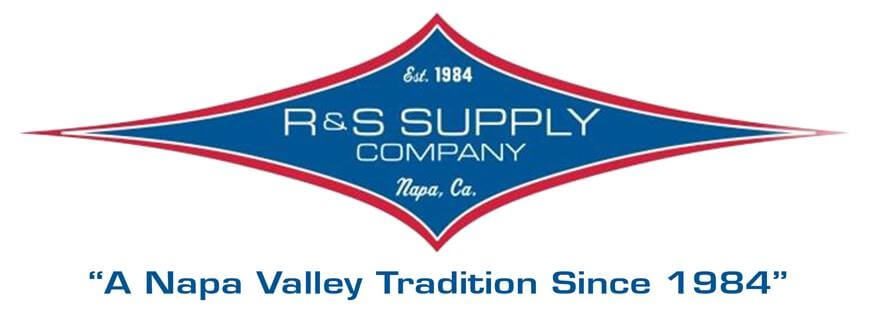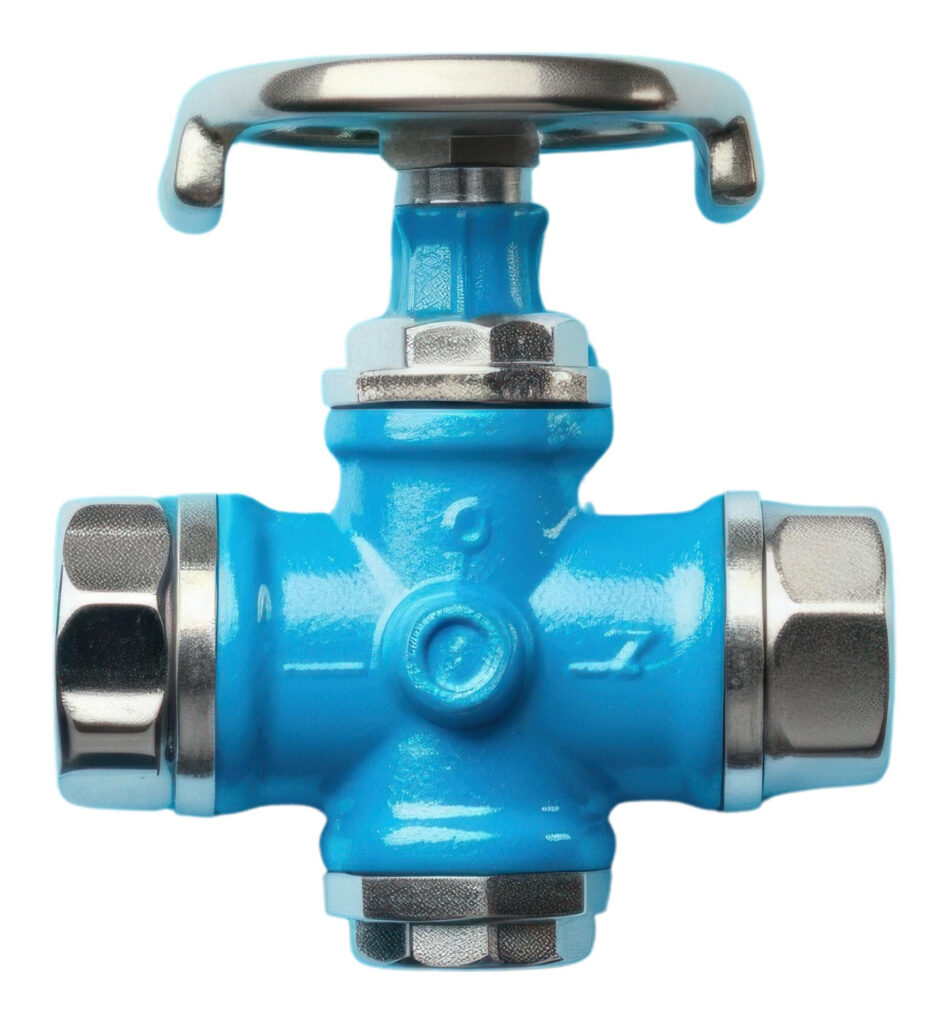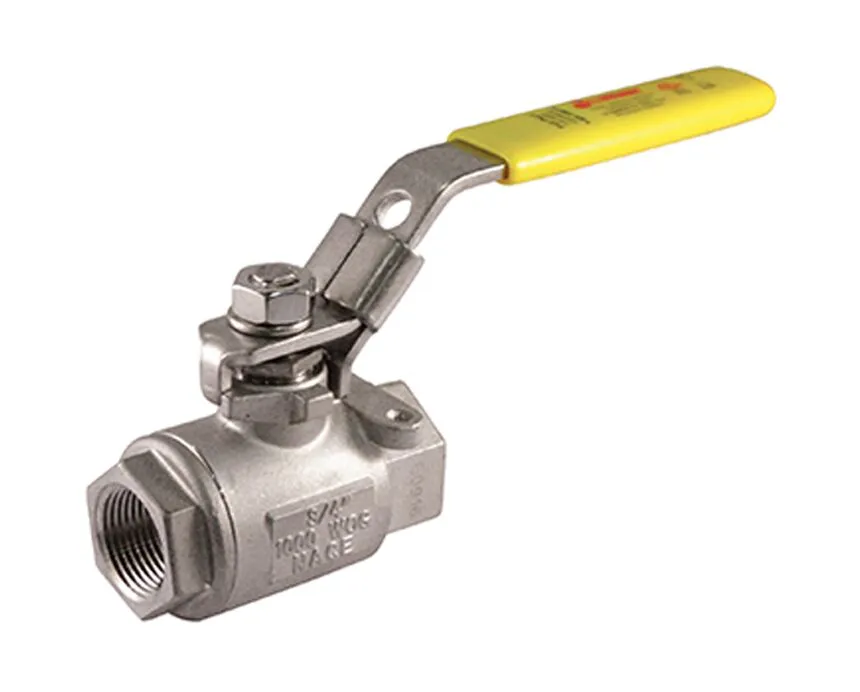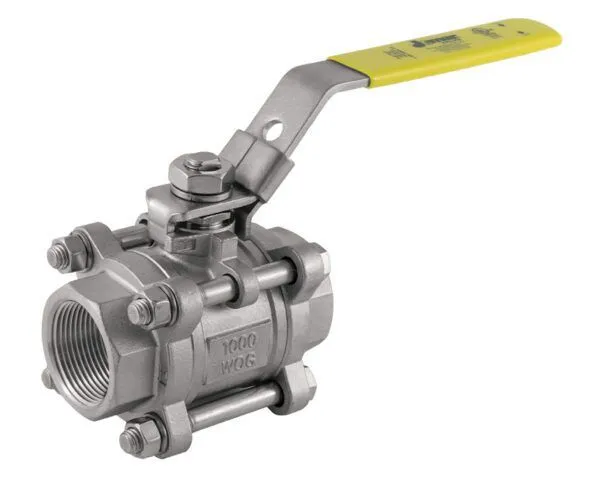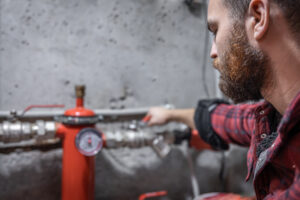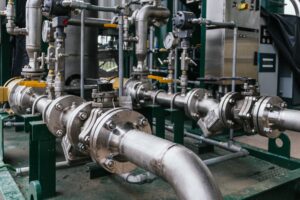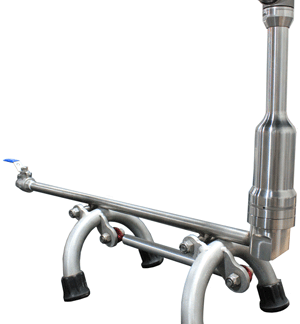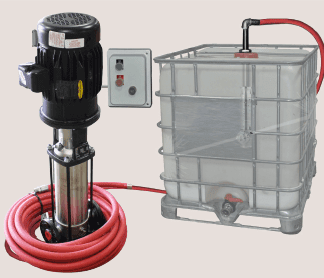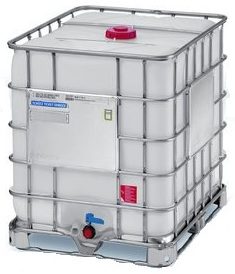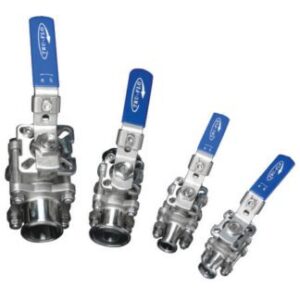
- Sanitary Fittings & Accessories
- Sanitary Fittings
- Tassalini Sanitary Valves & Tank Vents
- Definox Premium Sanitary Valves
- Sanitary Gaskets
- Dixon Sanitary Fittings
- Sanitary Bevel Seat Fittings
- Stainless Steel Hose Racks & Reels
- Butterfly Valve Replacement Seals
- Dixon Quick Couplings
- Camlock Fittings in Aluminum, Brass & 316 Stainless Steel
- Electric Stainless Steel Solenoid Valves
- Jomar Valves
- Apollo Ball Valves
- Everything IBC Totes
- Alfa Laval Tank Cleaning Equipment
- Definox Sanitary Valves
- Stainless Steel Hose Racks & Reels
- Strahman Washdown Products
- Super Klean Washdown Products
- Tassalini Sanitary Valves
- Tru-Flo Valves & Automation
- Sanitary Fittings & Accessories
- Sanitary Fittings
- Tassalini Sanitary Valves & Tank Vents
- Definox Premium Sanitary Valves
- Sanitary Gaskets
- Dixon Sanitary Fittings
- Sanitary Bevel Seat Fittings
- Stainless Steel Hose Racks & Reels
- Butterfly Valve Replacement Seals
- Dixon Quick Couplings
- Camlock Fittings in Aluminum, Brass & 316 Stainless Steel
- Electric Stainless Steel Solenoid Valves
- Jomar Valves
- Apollo Ball Valves
- Everything IBC Totes
- Alfa Laval Tank Cleaning Equipment
- Definox Sanitary Valves
- Stainless Steel Hose Racks & Reels
- Strahman Washdown Products
- Super Klean Washdown Products
- Tassalini Sanitary Valves
- Tru-Flo Valves & Automation
